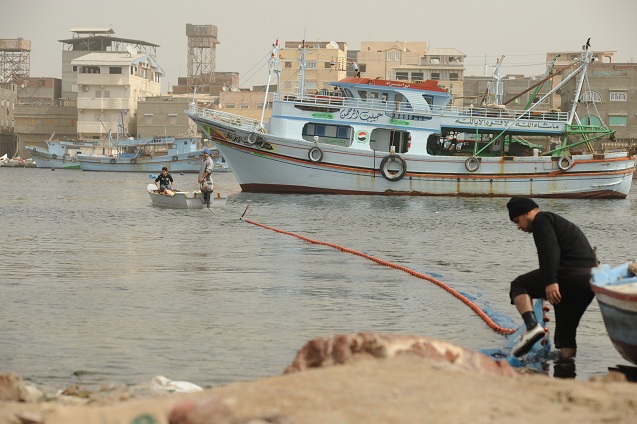VIENNA: Afghanistan’s opium production declined by almost half this year due largely to the spread of a disease that damaged poppy plants, but the amount of land used for growing the crop remained the same, the U.N.’s drug agency said Thursday.
The United Nations Office on Drugs and Crime said Afghanistan’s opium production in 2010 is estimated at 3,600 metric tons (3968 tons), a 48 percent decrease from 6,900 tons in 2009 and the lowest since 2003.
Opium is the main ingredient in heroin.
The drop was caused for the most part by a poppy plant infection that started to appear after spring flowering and hit the southern provinces of Helmand and Kandahar especially hard, according to the summary of UNODC’s annual Afghan Opium Survey. The two provinces are major growing areas in southern Afghanistan, and the center of the Taliban-led insurgency.
"This is good news but there is no room for false optimism," the UNODC executive director Yury Fedotov said in a statement.
In the south, "opium yields on disease-affected fields were only 13 percent to 39 percent of the amount farmers would have normally harvested from fields with similar numbers and sizes of capsules," the survey said. The country’s western region, which borders Iran, was also affected, but to a lesser degree. Farmers there most frequently named frost as the cause of plant damage.
As a result, Afghanistan’s average opium yield fell 48 percent to 29.2 kilograms per hectare this year from an estimated 56.1 kilograms per hectare in 2009.
Still, the south remained Afghanistan’s largest opium maker and made up 83 percent of total production, followed by the country’s western region with 13 percent. Overall, 98 percent of opium cultivation — stable at 123,000 hectares (303933 acres) — was concentrated in these two areas, which are largely in the hands of insurgents and organized crime groups.
"This underscores the link between opium poppy cultivation and insecurity in Afghanistan, a trend we have observed since 2007," Fedotov said.
The country’s northern region kept its poppy-free status and, countrywide, all 20 provinces that were poppy-free in 2009 stayed that way this year.
Following a steady decline between 2005 and 2009, the price of opium has nearly tripled due to the decline in production, the survey found: While in 2009 the average farm-gate price of dry opium at harvest time was $64 per kilogram, it is now $169 per kilogram.
That, worries the U.N., could encourage farmers, especially those who stopped growing poppy plants, to reverse course.
"It is worrying that the current high sale price of opium in combination with a lower wheat price may encourage farmers to go back to opium cultivation," the survey said.
The gross, per hectare income for farmers has increased by 36 percent to $4,900 from $3,600 last year, the agency determined. In comparison, the gross income per hectare of wheat declined from $1,200 in 2009 to $770.
The agency also found that eradication of poppy fields was at its lowest level since the start of monitoring in 2005 and claimed 28 lives this year, seven more than in 2009.
Fedotov — a veteran Russian diplomat who took office as UNODC chief earlier this month — said a broader strategy was needed to support Afghan farmers and called on countries to curb domestic demand for illegal drugs.
"As long as demand drives this market, there will always be another farmer to replace one we convince to stop cultivating, and another trafficker to replace one we catch."

